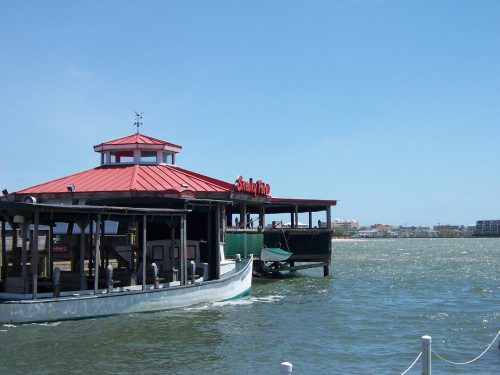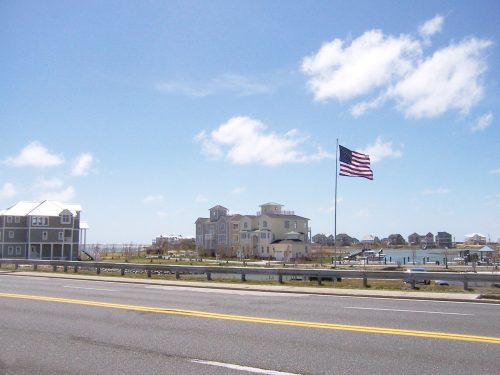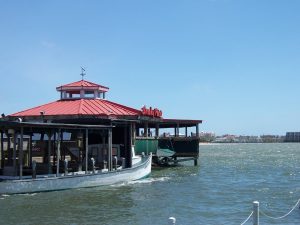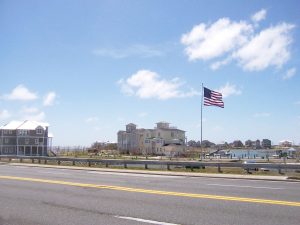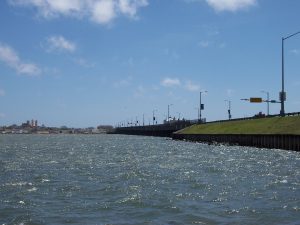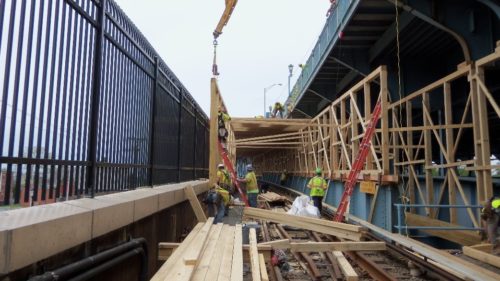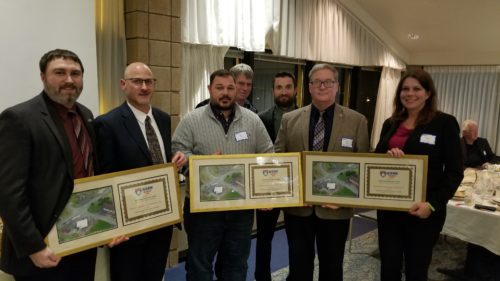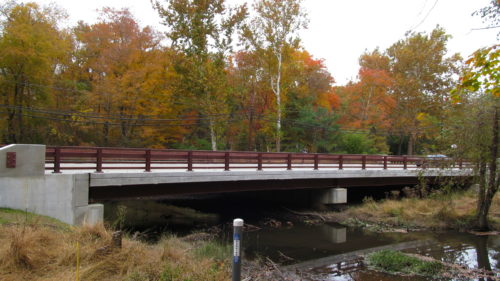US 50 Crossing Study of Sinepuxent Bay
US 50 Crossing Study of Sinepuxent Bay
JMT performed an in-depth planning and environmental study of the Harry W. Kelley Memorial Bridge crossing and roadway approaches of US 50 into Ocean City, MD. This study was completed with the Federal Highway Administration (FHWA) and Maryland State Highway Administration as lead agencies, and the U.S. Army Corps of Engineers (USACE), U.S. Coast Guard, U.S. Environmental Protection Agency (EPA), the U.S. Fish and Wildlife Service (USFWS), and the Maryland Department of the Environment (MDE) as cooperating agencies.
JMT prepared a full planning evaluation and environmental impact statement (EIS) for the gateway to Ocean City, which examined the potential environmental and cultural/historic impacts from bridge and roadway improvements to both the historic bridge and US 50 as it enters Ocean City. This effort required several large technical studies that permitted decision makers to select a reasonable alternative to balance the needs of the state with the environmental impacts of the project. Studies involved a complete historic determination of the bridge, including an archaeological and cultural resources assessment. The one-half-mile historic structure is a major tourist attraction for millions of visitors to the Ocean City resort area each year. Great care was taken in considering how to preserve the bridge for bikers, pedestrians, and fishermen during the construction of a replacement structure directly adjacent to the existing bridge.
The team performed a comprehensive threatened and endangered species evaluation, which included a sand-migration study of Sinepuxent Bay and Skimmer Island to protect state-listed threatened and endangered colonial nesting water birds. JMT conducted an essential fish habitat review for more than a dozen fin-fish species known to occur or reproduce in the Sinepuxent Bay and Ocean City Inlet and consulted with the National Marine Fisheries Service.
Emissions studies related to traffic and construction were conducted, along with noise monitoring, including recommendations for noise abatement, and identified potential construction-related impacts as part of another study. In addition, the team performed wetland investigations and secured the necessary permits, as well as conducted a study of the seasonal demands of the Ocean City resort area and prepared a detailed analysis of possible bridge and roadway construction implementation schemes.
